
3D Renders in Real Estate: The Future of Visual Marketing
Introduction
In today’s fast-moving real estate market, visuals aren’t just supporting tools—they’re the main attraction. According to the National Association of Realtors (NAR), 97% of homebuyers start their search online, and listings with visually rich media generate significantly more engagement. As technology evolves, the limitations of traditional photography and video are becoming more apparent. This is where 3D renders in real estate come into play.
From luxury condo towers still in pre-construction to fixer-uppers mid-renovation, 3D renders allow professionals to present properties in their best light—even if the property hasn’t been built or finished yet. Let’s explore why 3D rendering isn’t just a trend—it’s the next standard in real estate marketing.
What Are 3D Renders in Real Estate?
3D renders in real estate are digitally generated images that visually simulate a building or interior space with extreme precision and realism. Unlike a photo, which is a captured image of something that exists, a 3D render can showcase something that doesn’t—yet.
These renderings are typically produced using architectural design software like AutoCAD, Revit, ArchiCAD, or SketchUp. Artists then bring these models to life using rendering engines such as V-Ray, Lumion, or Enscape, adding photorealistic textures, natural lighting, shadows, and finishes.
For example, a developer selling units in an unbuilt apartment complex can use 3D renders to show potential buyers exactly how the finished kitchen, bathroom, and living room will look—even tailoring the visuals to different design schemes.
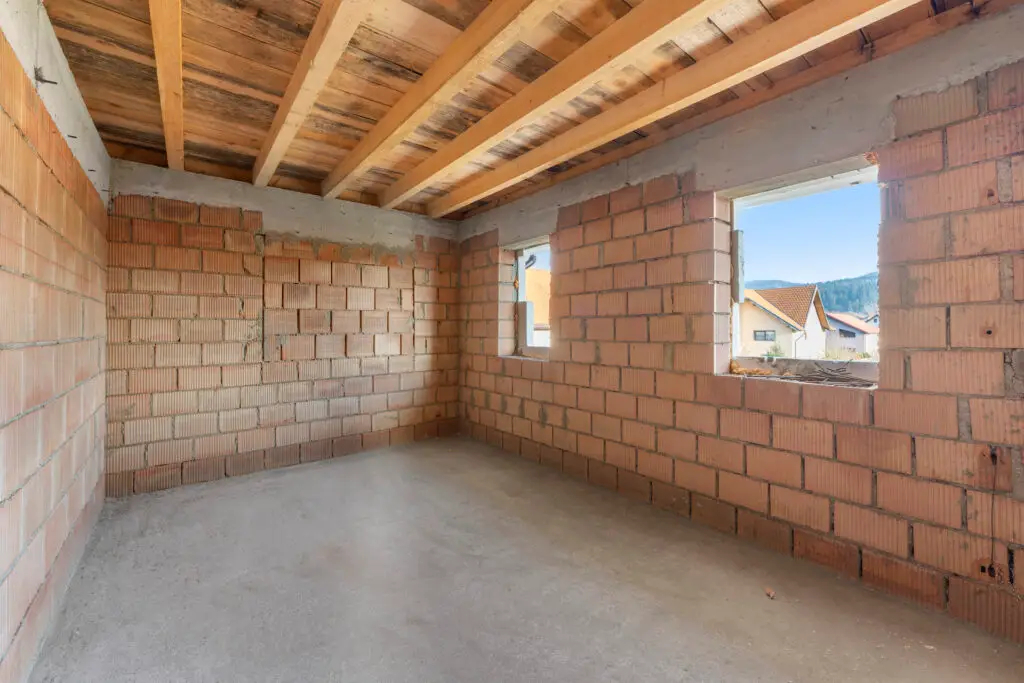
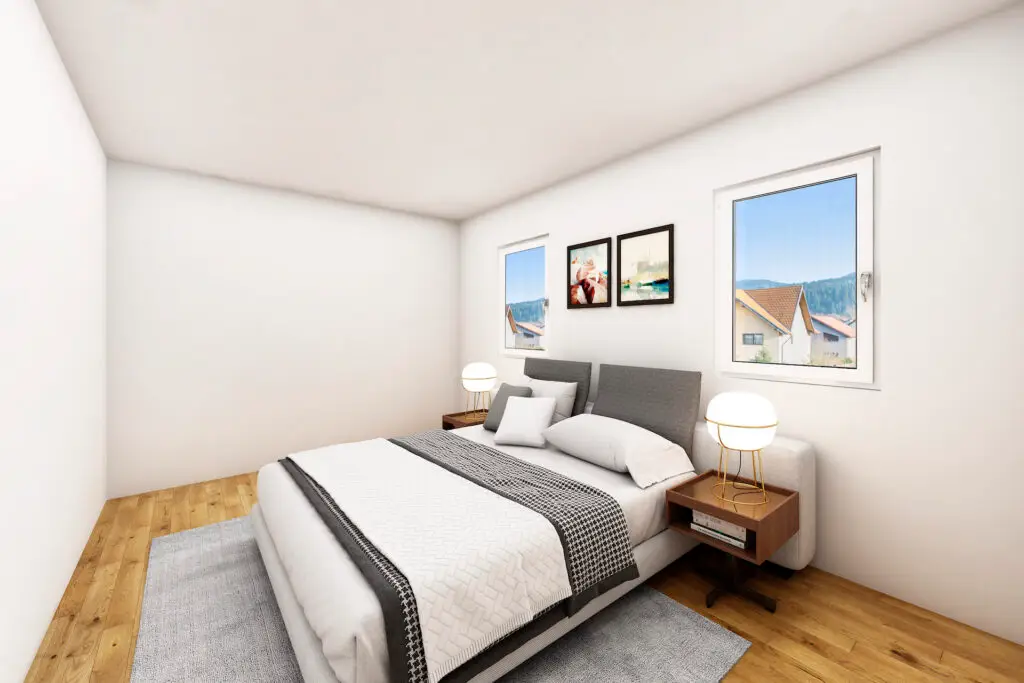
Why 3D Renders Are the Future of Property Marketing
3D renders in real estate serve one critical purpose: to help buyers visualize spaces that don’t yet exist or are incomplete. This power to visualize creates emotional engagement and informed decision-making.
Off-Plan Marketing Made Easy
Traditionally, selling off-plan properties has been a challenge. Floor plans and architectural elevations simply don’t evoke the emotional pull buyers need. But 3D renders bring these plans to life. A study from Matterport (2022) found that over 80% of buyers say they’re more likely to inquire about a property that includes a virtual or 3D visualization.
Sell the Experience, Not Just the Square Footage
Buyers want to imagine themselves living in the space. Through strategic design and staging, 3D renders can evoke warmth, luxury, simplicity, or sophistication—whatever resonates with your target demographic.
Gain a Competitive Edge
In crowded markets, listings with 3D renders attract more attention, get more clicks, and earn more showings. A Redfin report found that homes with high-quality visuals sell 32% faster on average. In saturated areas, standing out visually is half the battle.
Key Benefits of Using 3D Renders in Real Estate Listings
There’s a reason 3D renders in real estate have become the go-to marketing tool for developers, brokers, and investors alike. Here’s a closer look at the benefits:
Enhanced Engagement and Online Visibility
Listings with rich visuals receive 87% more views than those with low-quality media (Zillow, 2022). 3D renders can dramatically boost your engagement on platforms like Digihomestudio.com, Realtor.com, and social media.
Cost Savings and Flexibility
Staging a home physically costs anywhere from $1,500 to $5,000 depending on size and location. 3D virtual staging, however, ranges from $50 to $200 per room. This is not only more affordable, but renders can be revised, recolored, and repurposed across channels.
Accelerated Sales Timelines
Properties that utilize renders—especially in pre-construction—often close deals weeks or months faster than their non-rendered counterparts. With a high-quality 3D render, you don’t need to wait for a construction milestone to start generating interest.
High Return on Investment
For developers, 3D renders often pay for themselves within a single sale. If a $300 render helps close a $750,000 condo three months ahead of schedule, that’s a return worth repeating across your portfolio.
How to Maximize Quality When Using 3D Renders
While 3D renders in real estate offer enormous value, the final product is only as good as the inputs. To get the most out of your rendering investment, consider the following best practices:
Provide Detailed Architectural Files
The best renders begin with clean, comprehensive drawings. Ideally, use DWG or RVT files from AutoCAD or Revit. These include dimensions, wall elevations, plumbing lines, and ceiling heights.
Define Your Design Style
Should the home reflect farmhouse charm or ultra-modern minimalism? Include inspiration images or Pinterest boards, and note specific features—like pendant lighting, flooring textures, or cabinet finishes—you want in the render.
Match the Market
Customize the furnishings, color palette, and decor to align with your local or target market. A beachfront condo in Malibu might need different styling than a townhome in Chicago’s suburbs.
Communicate Clearly with the Rendering Team
Some rendering services offer revision rounds. Use these wisely to fine-tune angles, lighting, or even time of day (sunset lighting, for example, often evokes emotional warmth).
Suggestions for 3D Renders & Professional Photo Editing Services
If you are looking for a professional virtual staging service at an affordable price, Digihomestudio.com is a worthy place for you to trust and accompany. You can expect to invest around $29 for a meticulously designed and lifelike final image, suitable for showcasing your home across various digital platforms.
We have a network of world-class virtual stage editors and designers in Vietnam. To ensure the best level of service, the customer service team is located in the US.
Our virtual home staging services include:
- Staging for empty or furnished rooms
- 2D and 3D floor plans
- Change the color of the walls and floors
- Virtual renovation
- Erase furniture and small objects
- And much more!
If you’re prepared to elevate your real estate marketing strategies, reach out to Digihomestudio.com now and experience the benefits of collaborating with one of the top virtual staging firms available today.
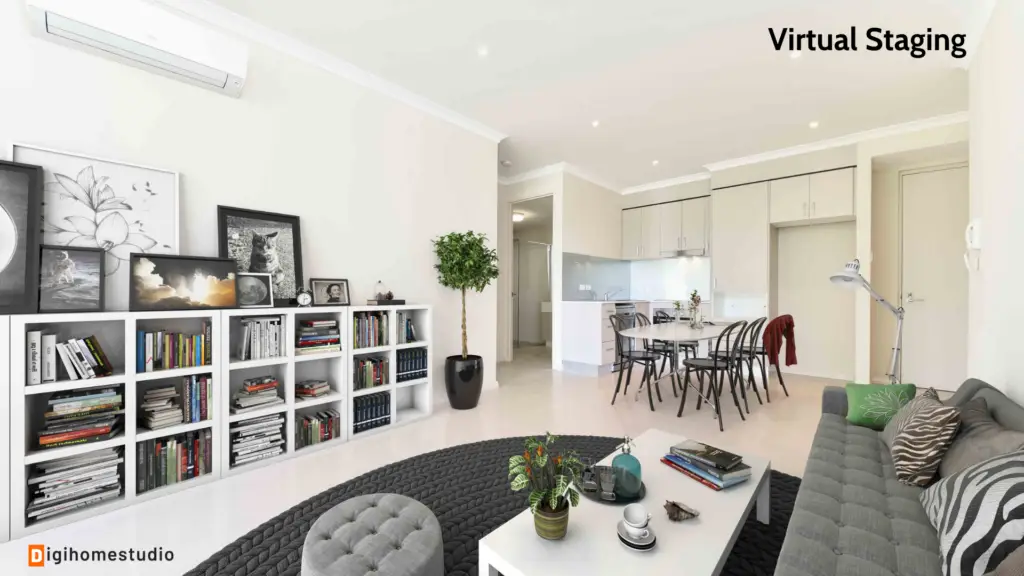
Common Mistakes to Avoid with 3D Renders
Not all 3D renders in real estate are created equal. Even with the best software, you can end up with visuals that turn buyers off if you’re not careful.
Going Too Glossy
Hyper-realistic does not mean overly artificial. Avoid overly polished surfaces, dramatic lens flares, or scenes that look more like video game environments than real spaces.
Inconsistent Branding or Design
If you’re marketing multiple properties within the same development, ensure the renders have consistent branding and quality to maintain a cohesive buyer experience.
Ignoring Buyer Psychology
Buyers should see themselves in the space. Avoid clutter, controversial decor, or niche design features that could alienate broader audiences.
Real-World Success Stories Using 3D Renders
Example 1: High-Rise Pre-Sales in Toronto
A luxury developer launched a tower using only 3D renders. With photorealistic visuals of penthouse interiors, amenities, and views from each floor, over 65% of the units were reserved in the first three months, before a single level was built.
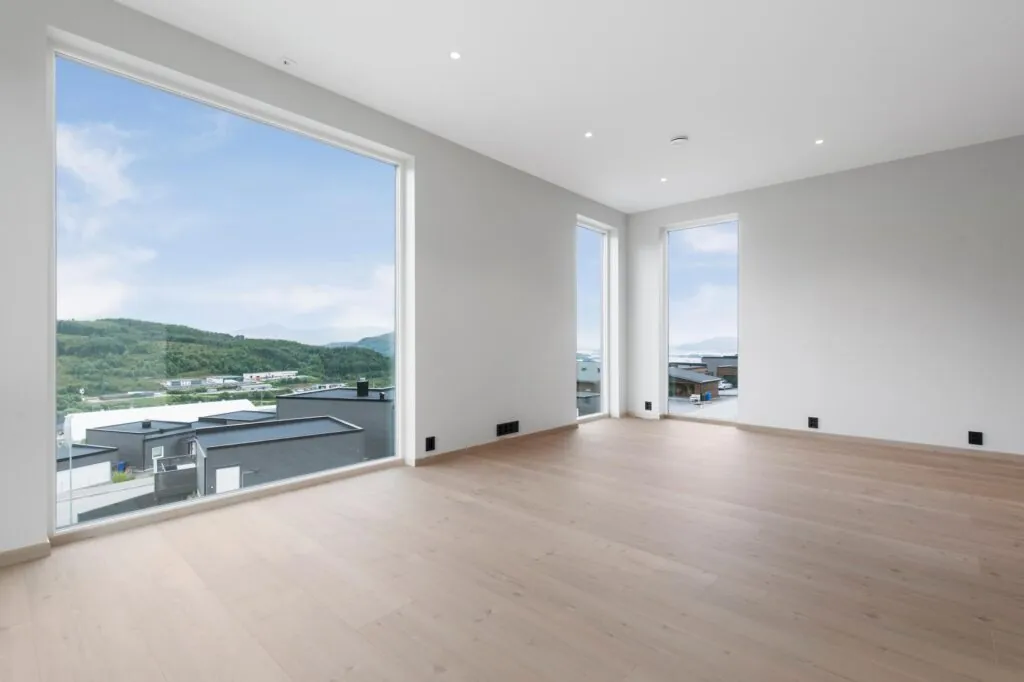

Example 2: House Flipper Success in Phoenix
A real estate investor listed a fixer-upper with two sets of visuals: current photos and 3D renders showing a proposed open-concept kitchen and updated bathrooms. The home sold in just 6 days, with multiple offers—proof that rendering future potential works.
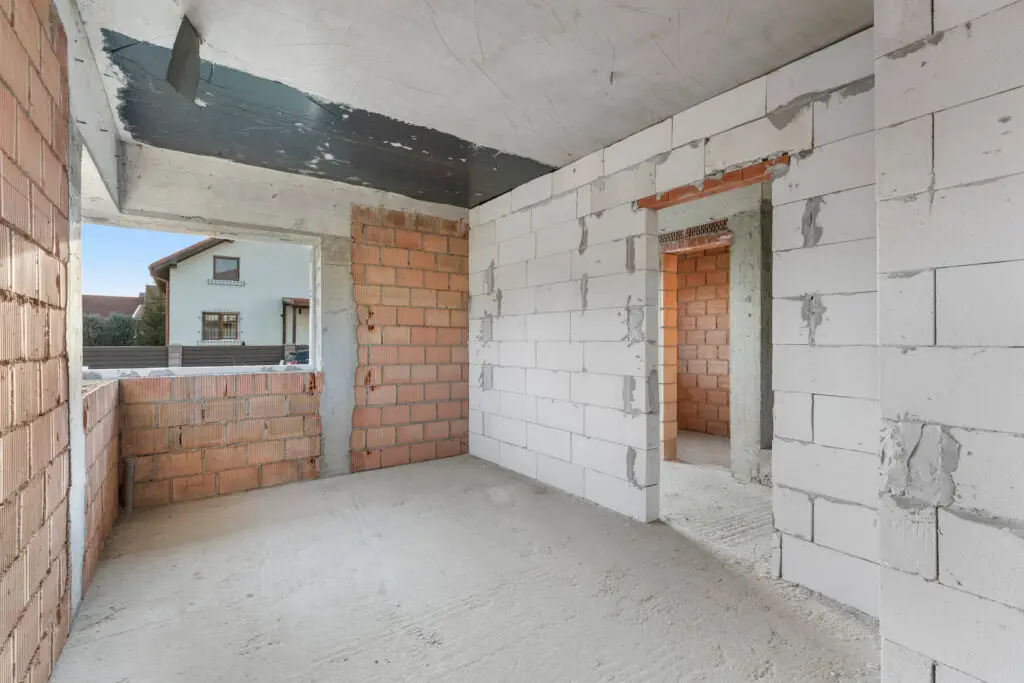
Before: Empty Room
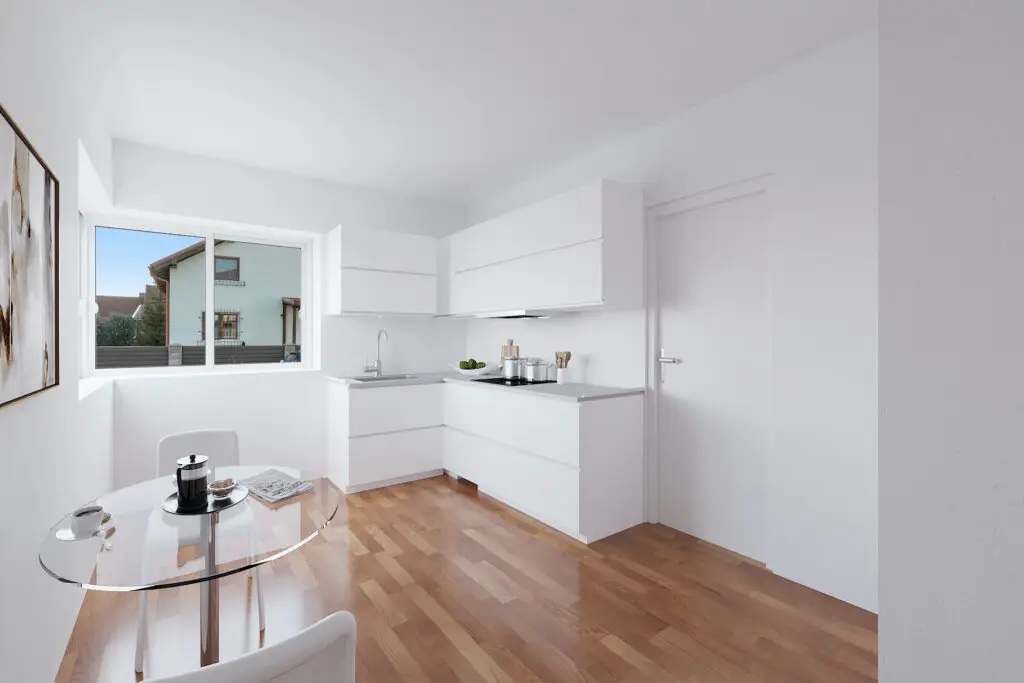
Virtual Renovation by Digihomestudio.com
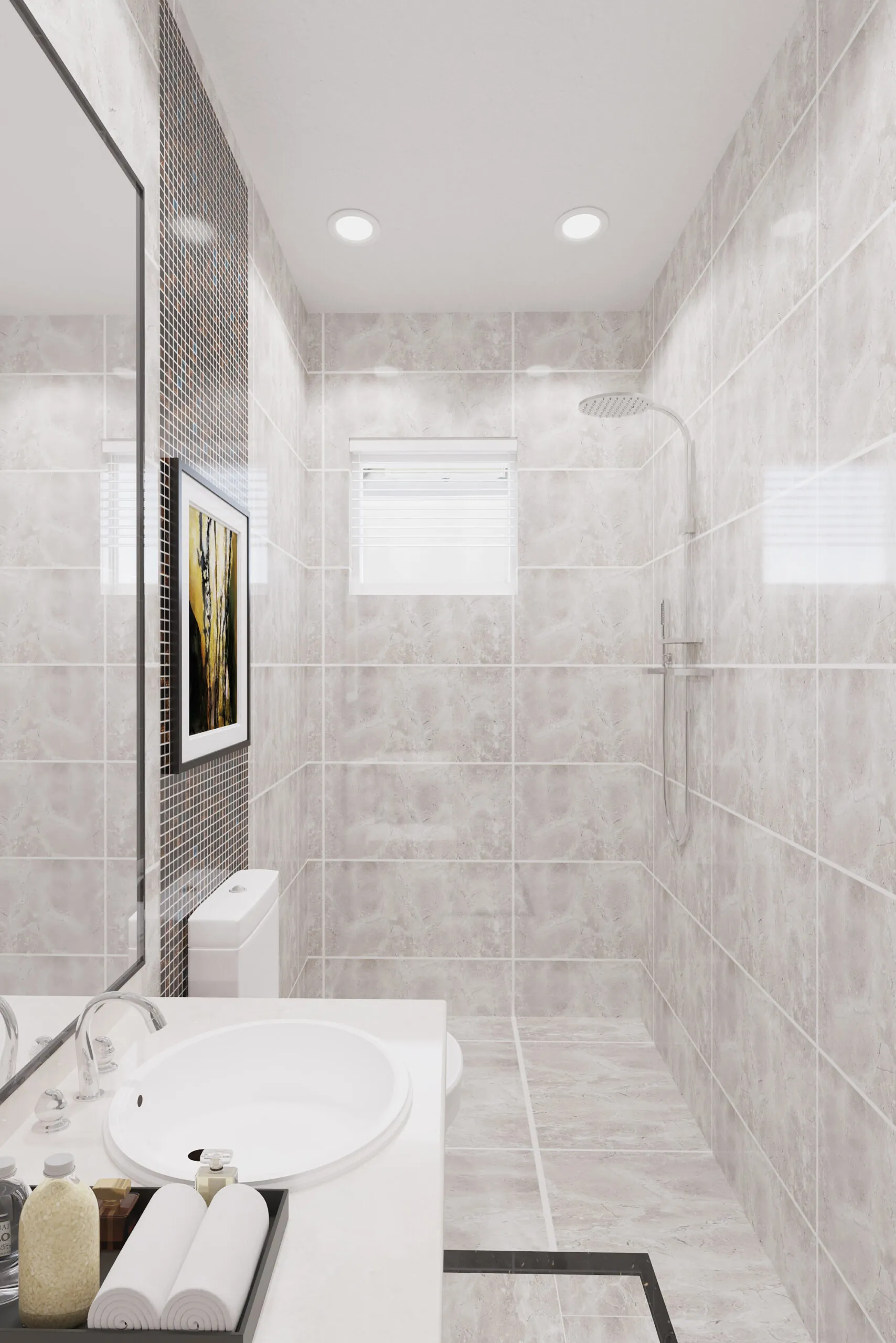
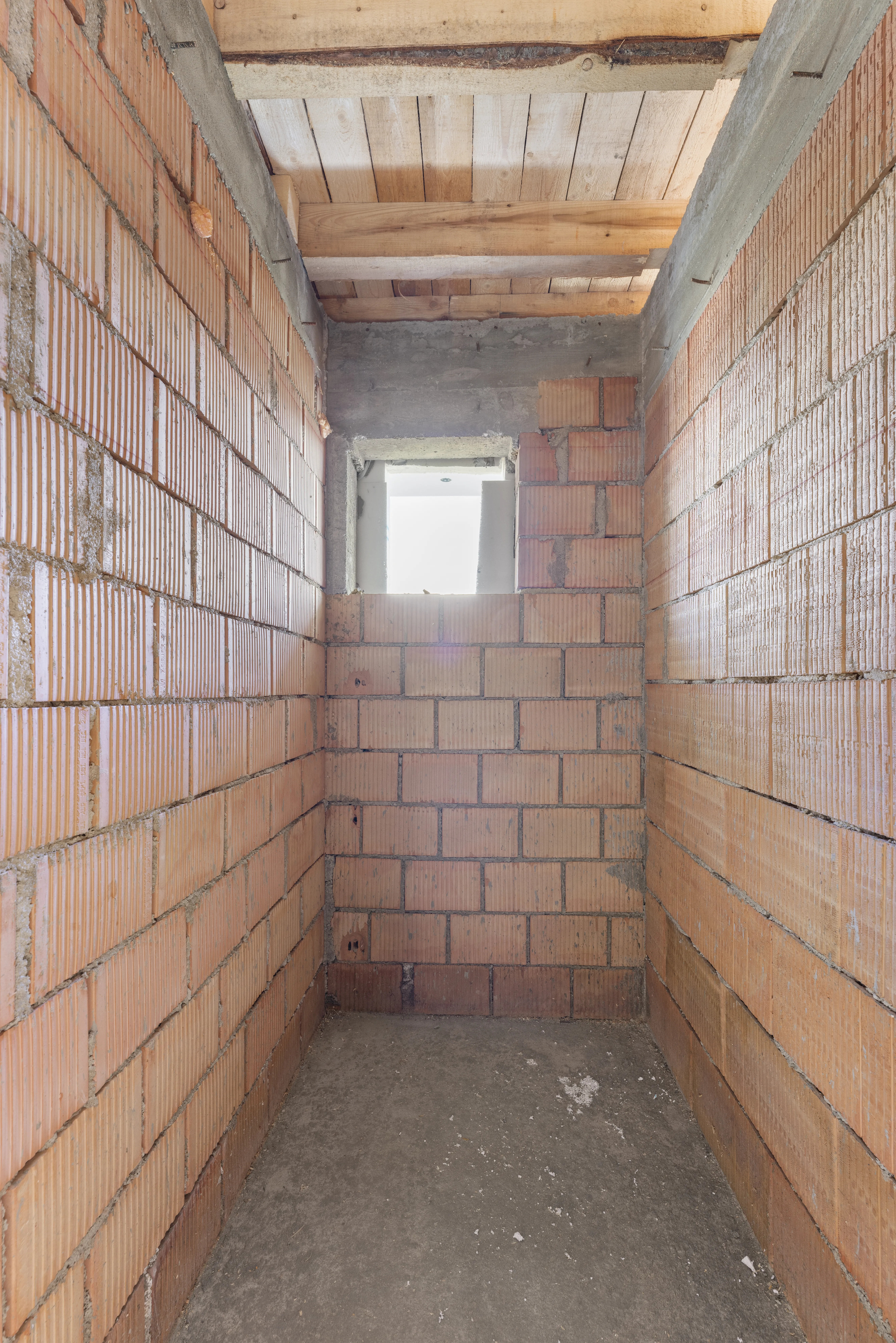
Example 3: Commercial Lease Previews
A property management firm used 3D renders to show layouts of coworking spaces and furnished office suites in a commercial tower. Lease rates rose by 12% year-over-year, thanks to better virtual presentations and quicker decision-making.
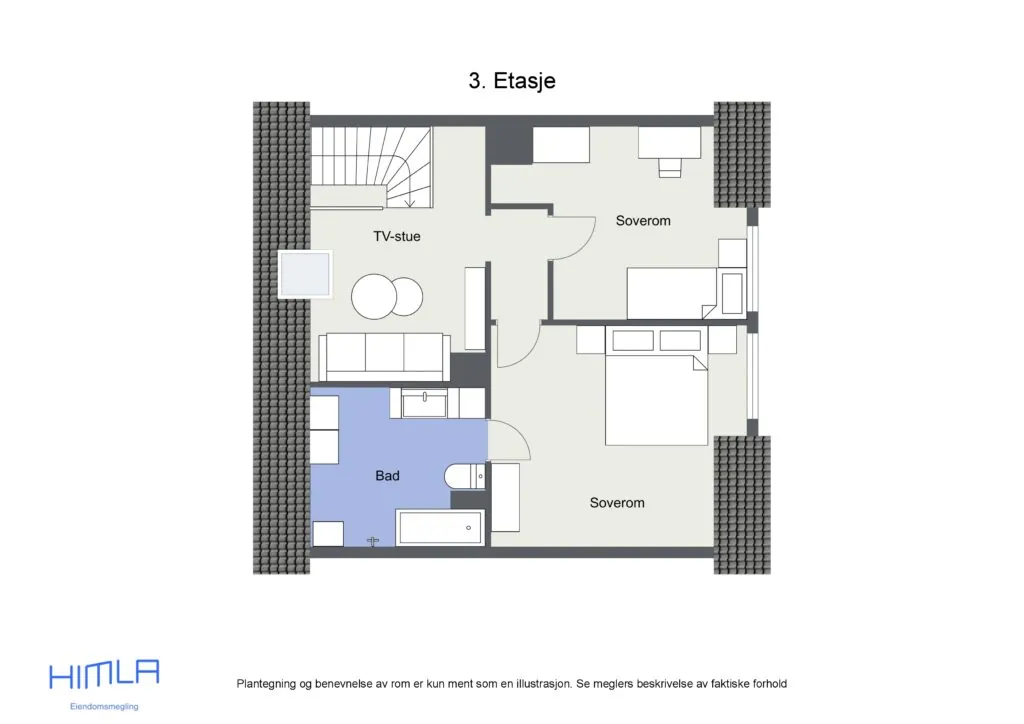
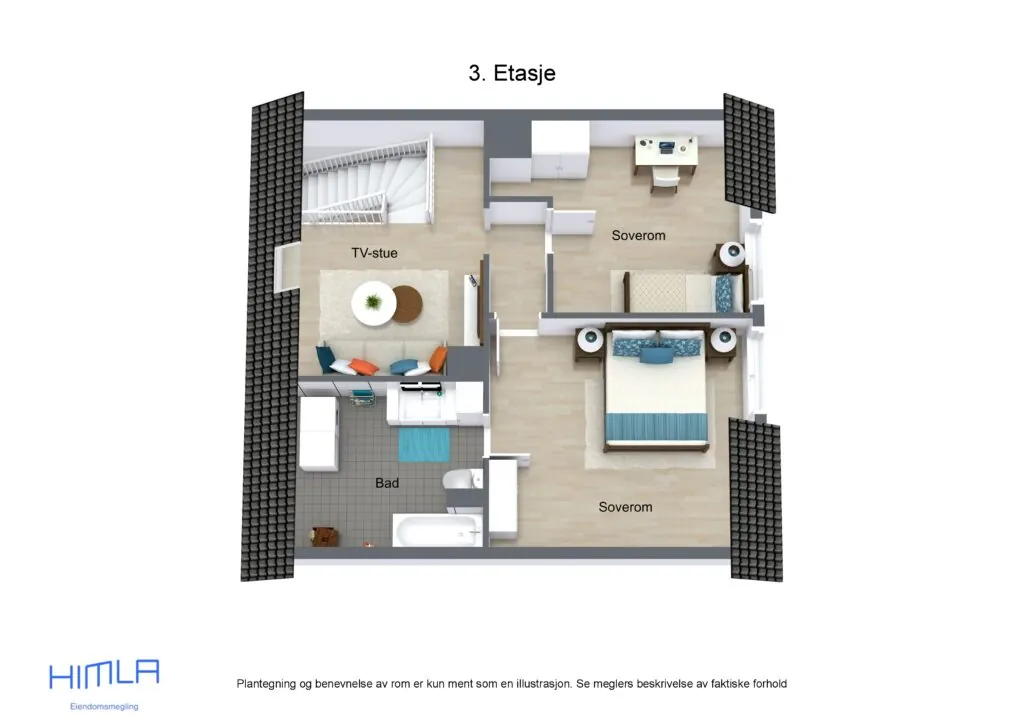
The Future of 3D Renders: Trends to Watch
As impressive as today’s 3D renders in real estate are, the future promises even more dynamic innovations.
Virtual Reality (VR) Integration
Buyers will be able to walk through entire developments using VR headsets. Already, some luxury firms in NYC and Dubai offer this as a premium buyer service.
Augmented Reality (AR) Staging
AR allows users to point their phones at a room and see rendered furnishings appear in real-time. IKEA’s AR app has pioneered this in retail; real estate is following fast.
AI-Driven Rendering
AI is beginning to speed up the rendering process, automatically filling in lighting, materials, and furniture based on user prompts. Expect smarter, faster rendering workflows in the next few years.
Interactive Renders
Clickable renders allow users to swap finishes, change room layouts, or explore day-to-night lighting—all from within a web browser. These add another layer of engagement and personalization.
Conclusion
From stunning marketing visuals to quicker, more confident buyer decisions, 3D renders in real estate are redefining how properties are marketed and sold. They save time, reduce staging costs, and provide unmatched flexibility in showing off spaces.
In an age where online impressions drive offline decisions, not using 3D renders means missing out on a vital edge. Whether you’re an agent listing a home, a developer marketing new construction, or an investor pitching a renovation, 3D rendering can bridge the gap between imagination and conversion.





Leave a Reply